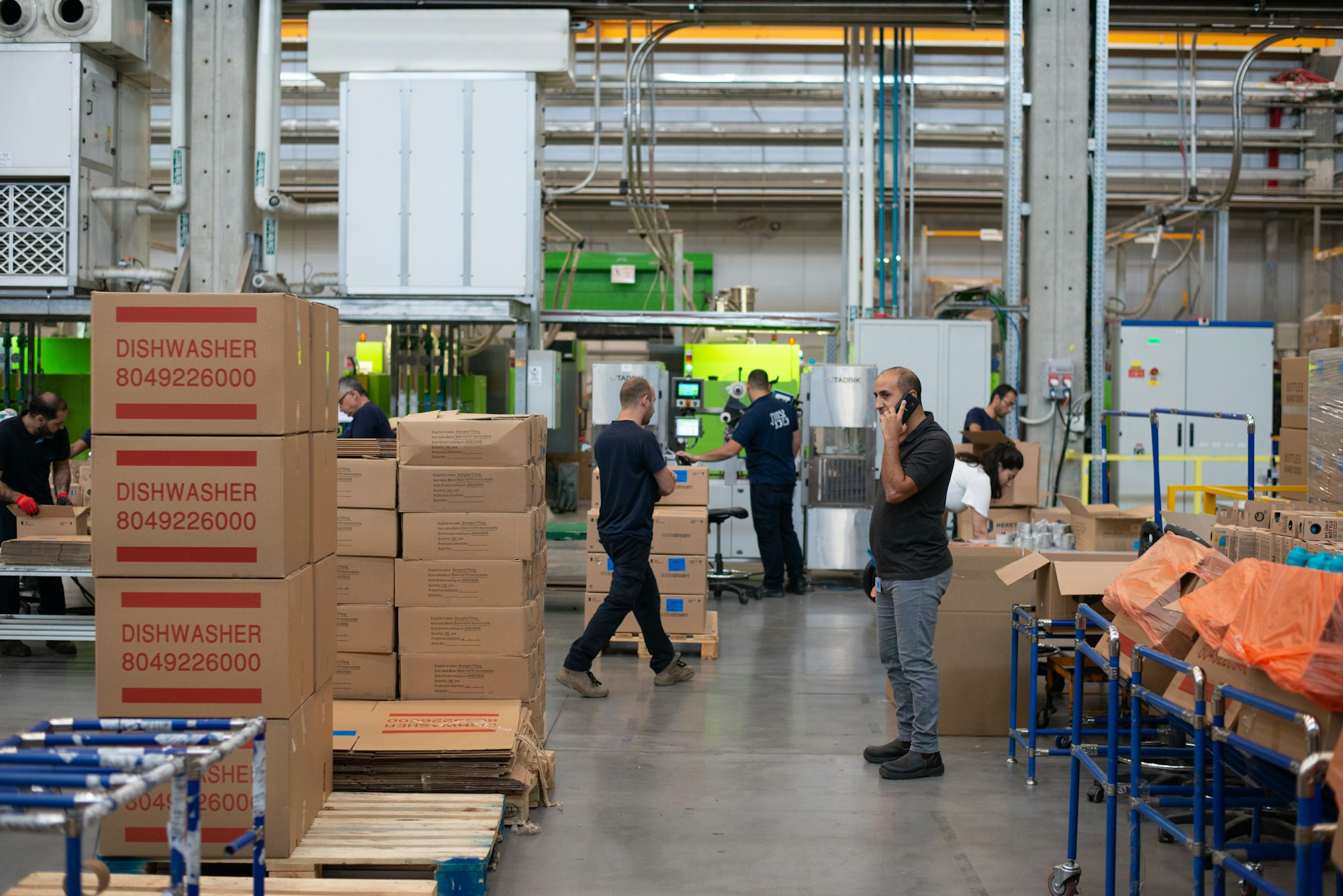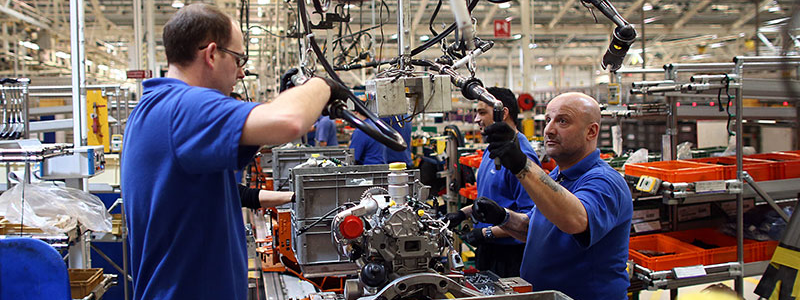By Eliminating Paper Usage in Factories
Safety is a top priority in any manufacturing environment, and reducing the risk of errors and accidents is critical to ensuring the well-being of workers and protecting the business from liability. One way to improve safety and reduce the risk of errors and accidents in factories is by eliminating paper usage. Let's review how transitioning to a digital factory can help reduce the risk of errors and accidents in a factory setting.
Enforced Standardization
One of the most significant benefits of using digital work instructions in factories is that it can help standardize processes and reduce the risk of human error. Handwritten forms can be difficult to read and interpret, and mistakes can easily be made when transcribing information from one document to another. Digital documents, on the other hand, can be standardized and verified automatically, reducing the risk of errors and improving overall accuracy.
Furthermore, digital work instructions can be easily integrated with industrial IoT systems and technologies, such as manufacturing software and automation tools. This can help create a more efficient and streamlined workflow, reducing the risk of errors that can arise from manual processes and improving overall safety.
In addition to reducing the risk of errors, going paperless can also help factories avoid accidents and injuries caused by misplaced or lost documents. In a factory setting, paper documents can easily become lost or damaged, leading to costly delays and mistakes. For digital factories, backups and redundancies can be put in place to ensure that important information is never lost or compromised. This can help reduce the risk of accidents and injuries that can arise from missing or incomplete information.
Moreover, going paperless can help improve communication and collaboration among employees, which is essential to maintaining a safe and productive work environment. Digital documents can be accessed and shared from anywhere, making it easier for employees to work together and share information. This can help improve teamwork and cooperation, leading to better safety outcomes overall.
How to Embrace Digital
Of course, making the transition to a paperless system can be challenging. Employees must be trained on new systems and processes, and cybersecurity measures must be put in place to protect sensitive information. However, with the right tools, processes, and training, going paperless can be a relatively simple and straightforward process.
Scout Systems has the Accelerator Program - a 90 day blitz where we focus on the challenges of our customers and work closely with them to succeed, or give them their money back.
Eliminating paper usage in factories can help reduce the risk of errors and accidents, and improve safety overall. By standardizing processes, reducing the risk of human error, improving communication and collaboration, and avoiding the costs and delays associated with lost or damaged documents, factories can create a safer work environment and protect the well-being of workers. The Accelerator Program makes this transition an obvious decision.

Jen Moore
I absolutely LOVE being outside. Being a soccer enthusiast and a dog mom, I spend much of my free time running with my pups or kicking a ball with my team.




 5 min read
5 min read






